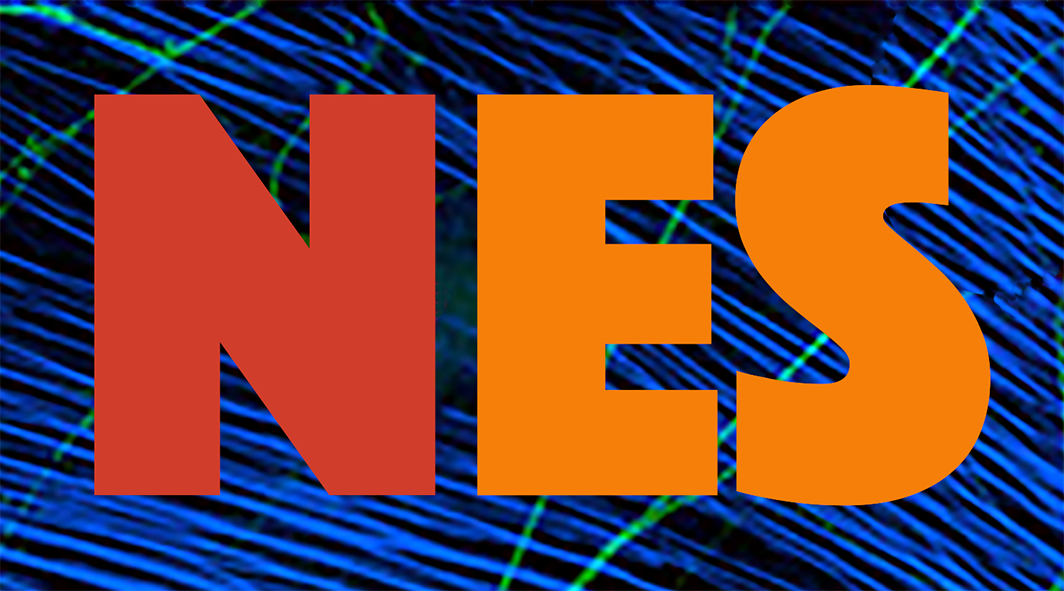
Opening for architecture and software developer
Opportunities | Dec 12, 2019
The Research, Innovation and Dissemination Center on Neuromathematics (RIDC NeuroMat) is offering a scholarship for information technology professionals interested in being part of a breakthrough and innovative scientific project.
A system of interacting neurons with short term synaptic facilitation
Publications | Dec 11, 2019
Antonio Galves, Eva Löcherbach, Christophe Pouzat, Errico Presutti
In this paper we present a simple microscopic stochastic model describing short term plasticity within a large homogeneous network of interacting neurons. Each neuron is represented by its membrane potential and by the residual calcium concentration within the cell at a given time. Neurons spike at a rate depending on their membrane potential. When spiking, the residual calcium concentration of the spiking neuron increases by one unit. Moreover, an additional amount of potential is given to all other neurons in the system. This amount depends linearly on the current residual calcium concentration within the cell of the spiking neuron. In between successive spikes, the potentials and the residual calcium concentrations of each neuron decrease at a constant rate.
A Result of Metastability for an Infinite System of Spiking Neurons
Publications | Dec 02, 2019
Morgan André
In 2018, Ferrari et al. wrote a paper called “Phase Transition for Infinite Systems of Spiking Neurons” in which they introduced a continuous time stochastic model of interacting neurons. This model consists in a countable number of neurons, each of them having an integer-valued membrane potential, which value determine the rate at which the neuron spikes. This model has also a parameter 𝛾, corresponding to the rate of the leak times of the neurons, that is, the times at which the membrane potential of a given neuron is spontaneously reset to its resting value (which is 0 by convention). As its title says, it was proven in this previous article that this model presents a phase transition phenomenon with respect to 𝛾. Here we prove that this model also exhibits a metastable behavior. By this we mean that if 𝛾 is small enough, then the re-normalized time of extinction of a finite version of this system converges toward an exponential random variable of mean 1 as the number of neurons goes to infinity.
4 highlights of NeuroMat in 2019
Newsletter | Nov 30, 2019
This non-exhaustive list brings up some of the key achievements of the Research, Innovation and Dissemination Center for Neuromathematics (RIDC NeuroMat/FAPESP) in 2019. It is not conceived as a Statement of Impact --as the 2018 SOI--, since it may not be seen as an official compte-rendu; it is rather an informal recompilation of key moments of our team. This accounts for activities and milestones since NeuroMat's renewal for six years.
Second NeuroMat Young Researchers Workshop
Events | Nov 21, 2019
The Research, Innovation and Dissemination Center for Neuromathematics (NeuroMat) will hold the “Second NeuroMat Young Researchers Workshop” in São Paulo on November 27. NeuroMat is hosted by the University of São Paulo and funded by the São Paulo Research Foundation (FAPESP). The event's official website is: neuromat.numec.prp.usp.br/2young. The aim of this meeting is to get members of the NeuroMat team to know more about each other's research. To do so, every Master/PhD student and Postdoc is invited to give a small presentation (around 25 minutes) about their current work. The meeting will take place at the Multipurpose Auditorium at NeuroMat, Av. Prof. Luciano Gualberto, 1171, at the University of São Paulo, São Paulo, Brazil.
| NeuroCineMat |
|---|
|
Featuring this week: |
| Newsletter |
|---|
|
Stay informed on our latest news! |
| Follow Us on Facebook |
|---|





